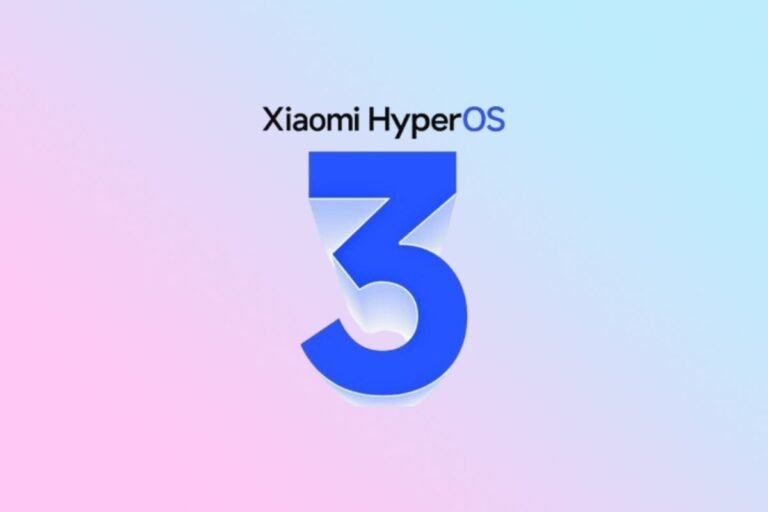Stable HyperOS 3 for Xiaomi Pad 7 – NotebookCheck.net News
Xiaomi is expanding its HyperOS 3 rollout to more devices, with the Xiaomi Pad 7 now joining the list. The Android 16-based update brings performance boosts, fresh design tweaks, and AI-powered tools, with several more Xiaomi, Redmi, and POCO models set to follow later this month.
After rolling out the stable HyperOS 3 update to the global variants of the Xiaomi 15 series, Xiaomi 15T lineup, POCO F7 Ultra, and Xiaomi Pad 7 Pro, Xiaomi is expanding the rollout to one more device: Xiaomi Pad 7.
As spotted by XiaomiTime, the Chinese OEM has started seeding the stable Android 16-based update to its 2024 tablet. The update carries the build number OS3.0.2.0.WOZMIXM. It follows the Chinese variant of the Xiaomi Pad 7 that received the update towards the end of October.
If you’re a proud owner of the Xiaomi Pad 7, keep an eye out for an OTA notification in the coming days. This is a staged rollout so it might take several days for the update to reach you unit. You can also head to Settings > About tablet and tap “Check for updates” to see if it’s available on your device.
More global models are set to follow later in November
HyperOS 3 is arguably more interesting than the underlying Android 16 platform update. Xiaomi is continuing its push to refine its software by borrowing some of the competition’s best ideas. The most blatant is “Hyperland,” a clear replica of Apple’s Dynamic Island. In addition, the update also adds an iOS 16-style customizable lockscreen.
Xiaomi also promises significant under-the-hood optimizations to the kernel and graphics pipeline for better performance. On supported models, the new software also unlocks a suite of AI-powered writing and translation features.
Related Articles
Kristen Spradlin – Tech Writer – 129 articles published on Notebookcheck since 2024
Kristen is a technology writer based in Toronto. He’s primarily interested in smartphone hardware, Android, Apple ecosystem, audio gear, and the intersection of technology and climate change. His first smartphone was the HTC Dream, and while he regards himself as an Android loyalist, he doesn’t mind using an iPhone as a secondary phone. When he’s not scouring his RSS feed for the latest tech news, you’ll likely find him glued to his Kindle Paperwhite reading his favorite non-fiction titles. He has also traveled extensively, having visited Australia, England, Nepal, and India.
Kristen Spradlin, 2025-11-12 (Update: 2025-11-12)

